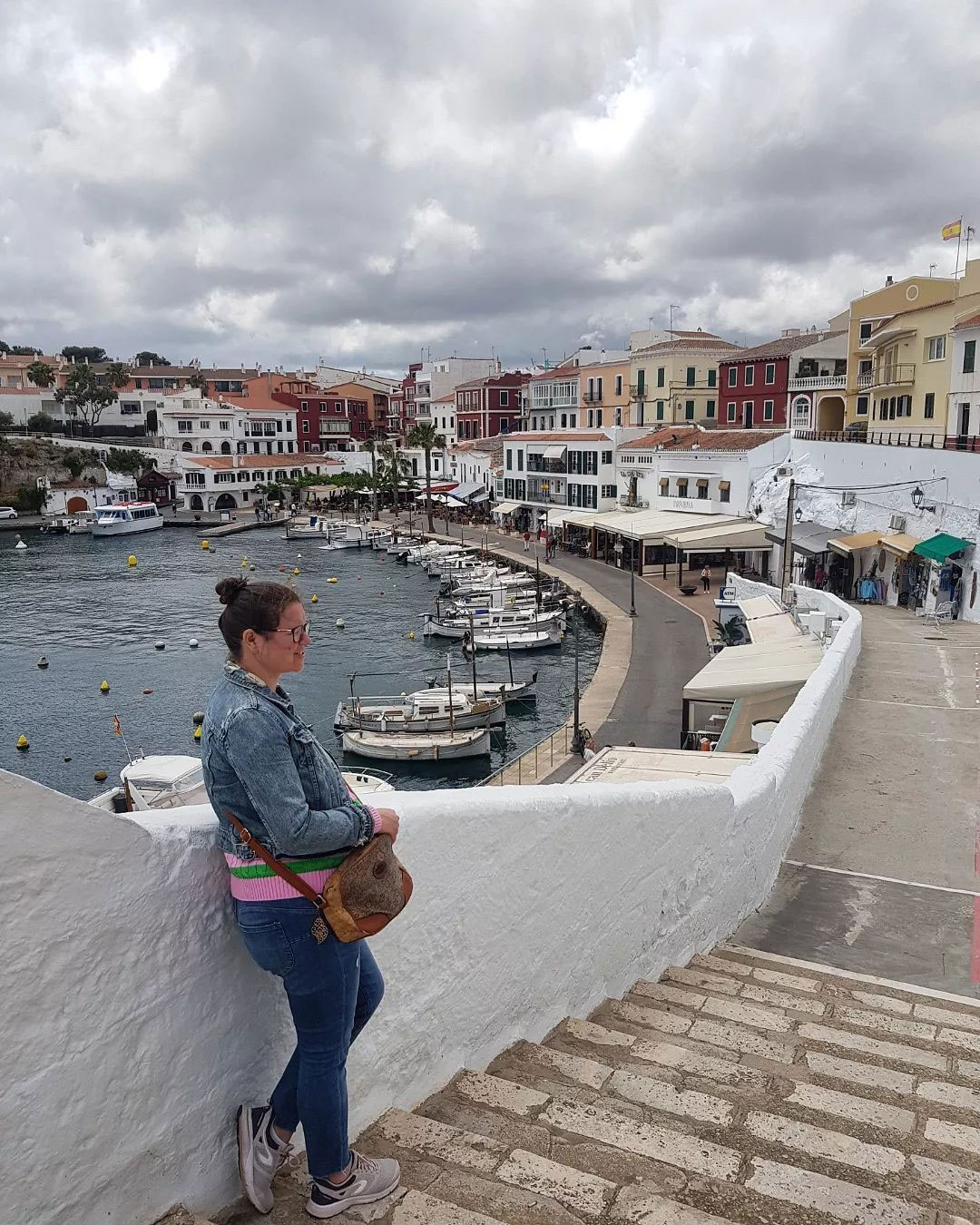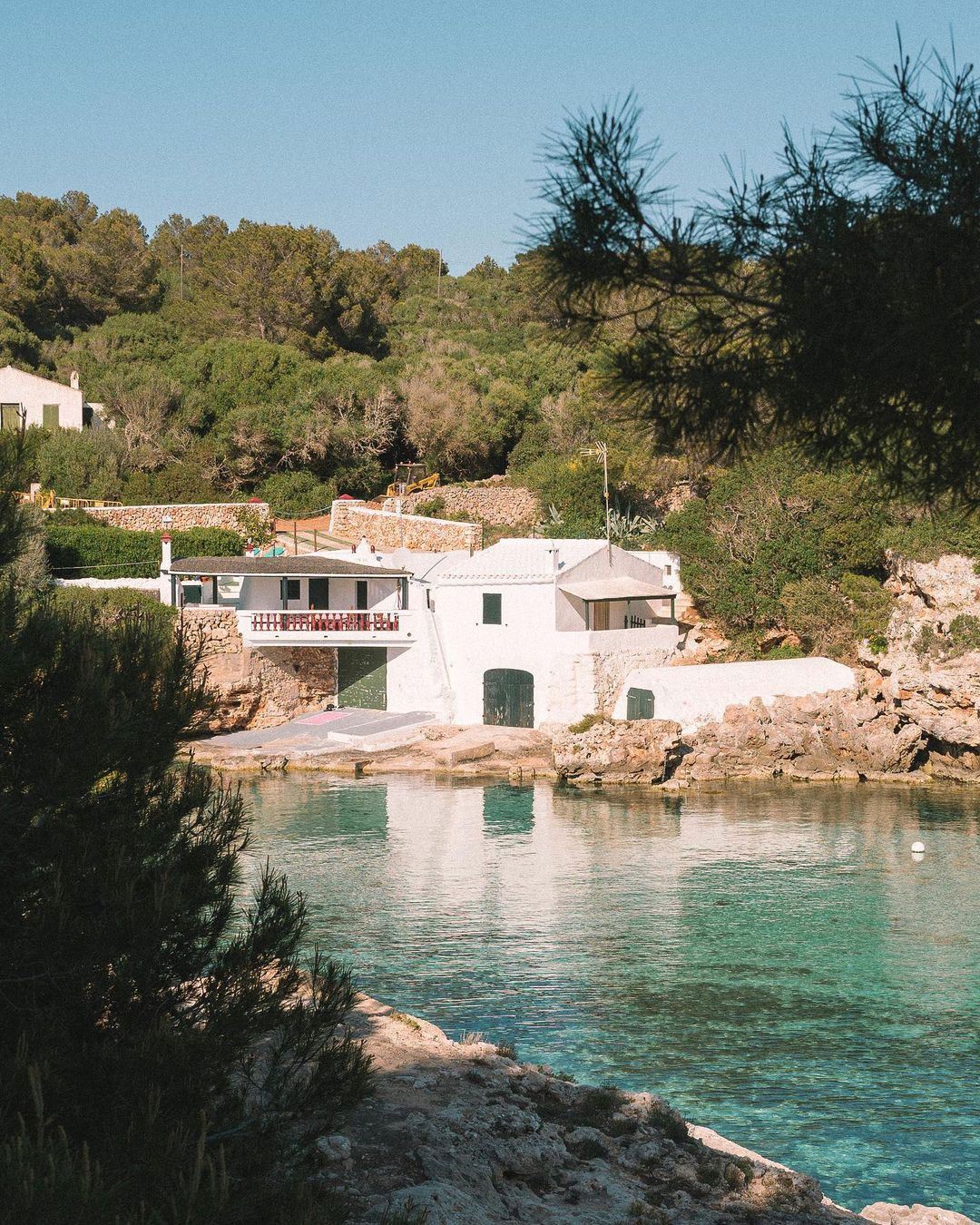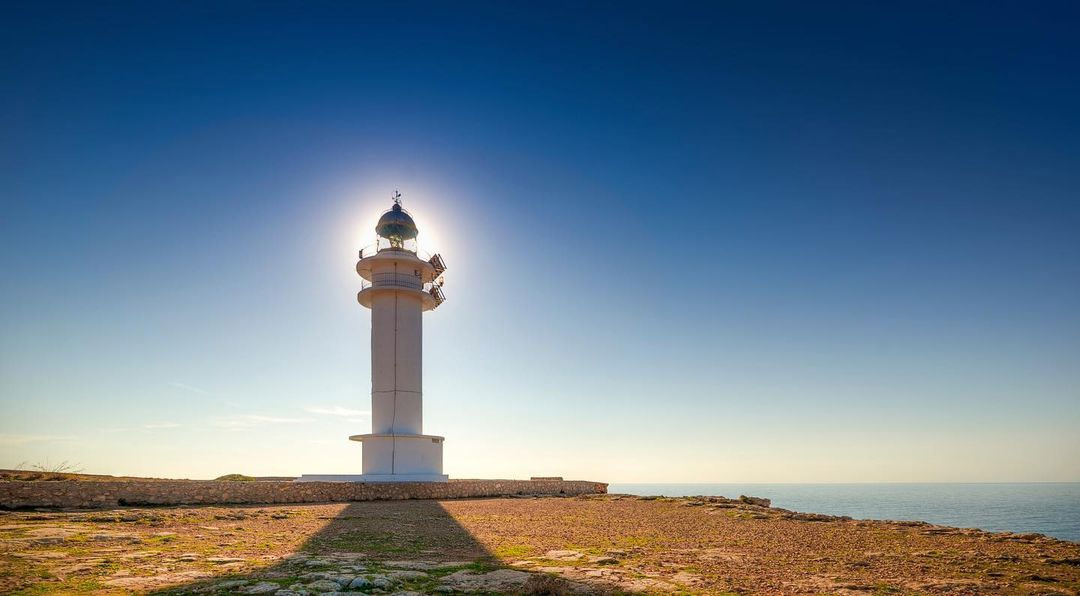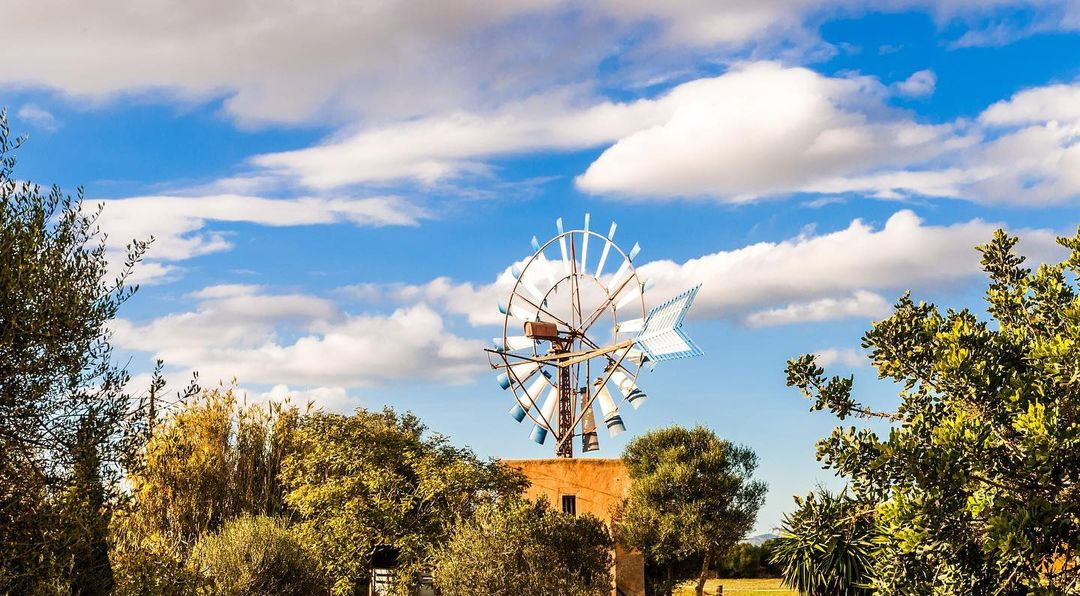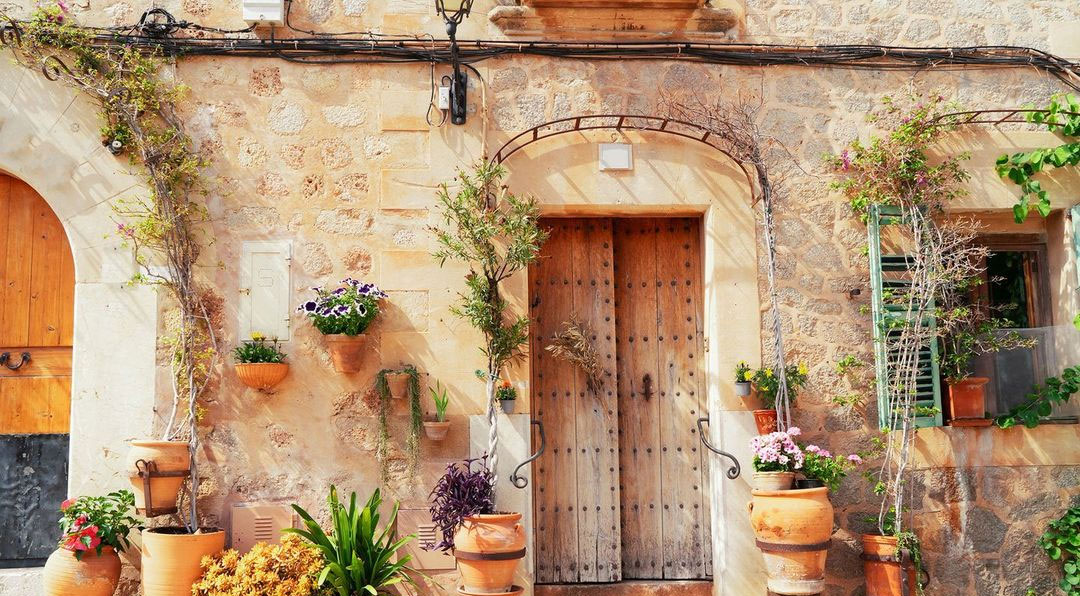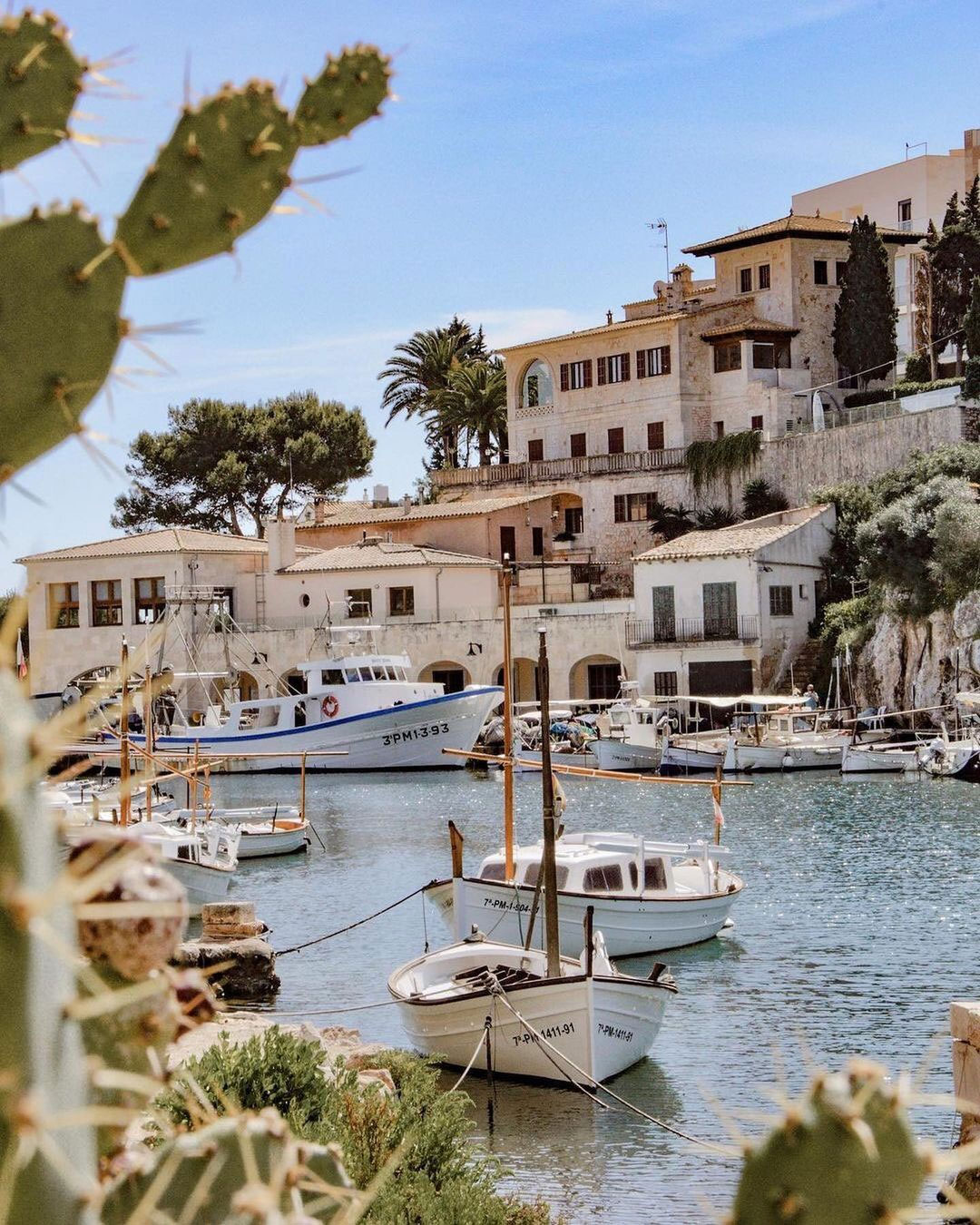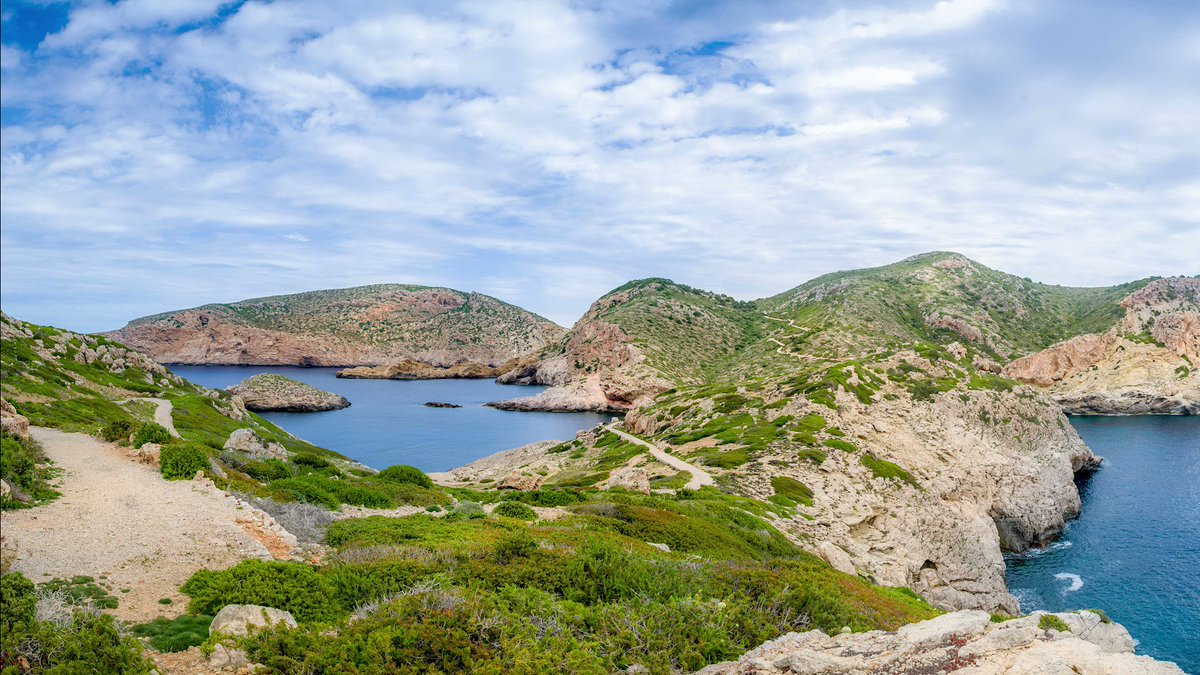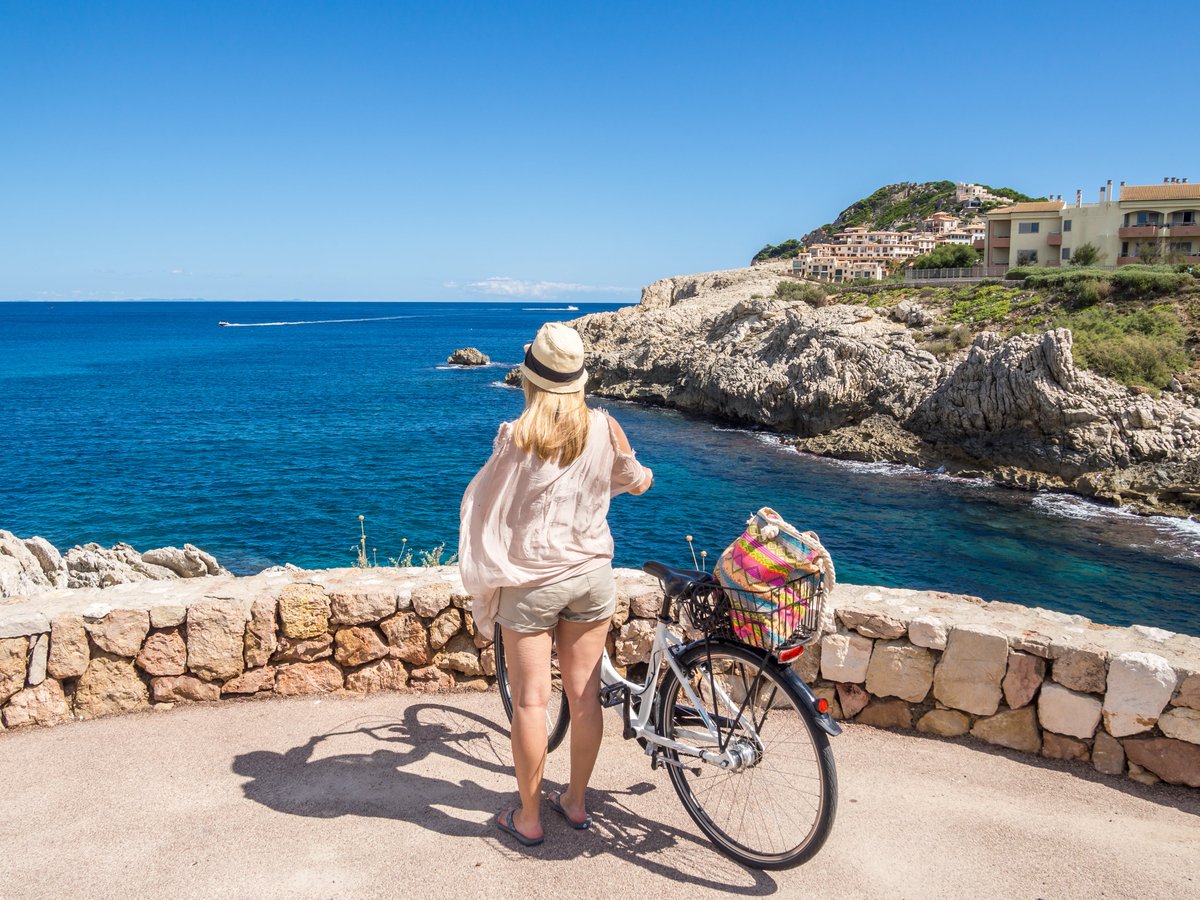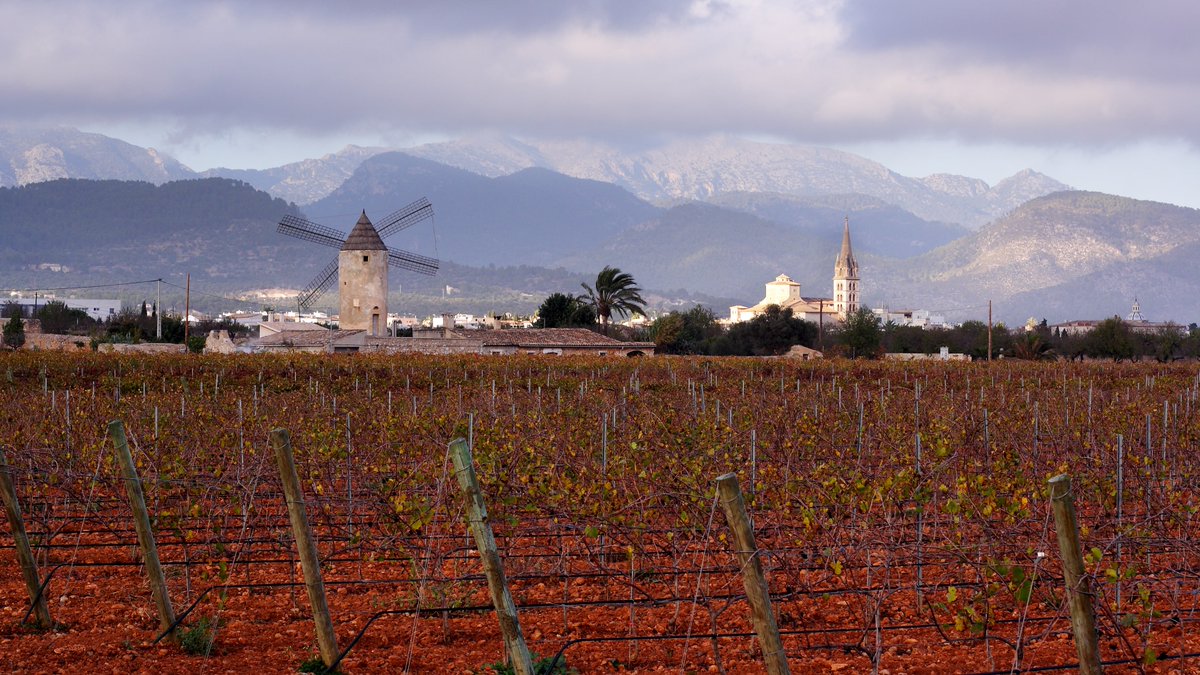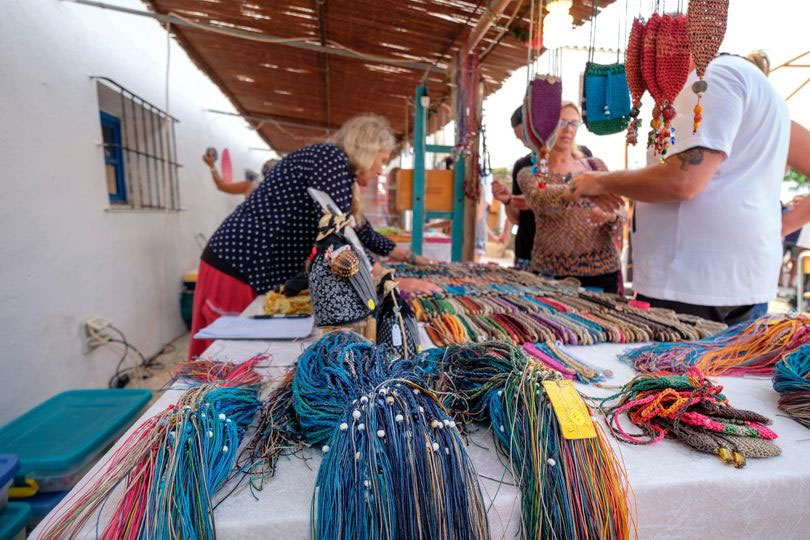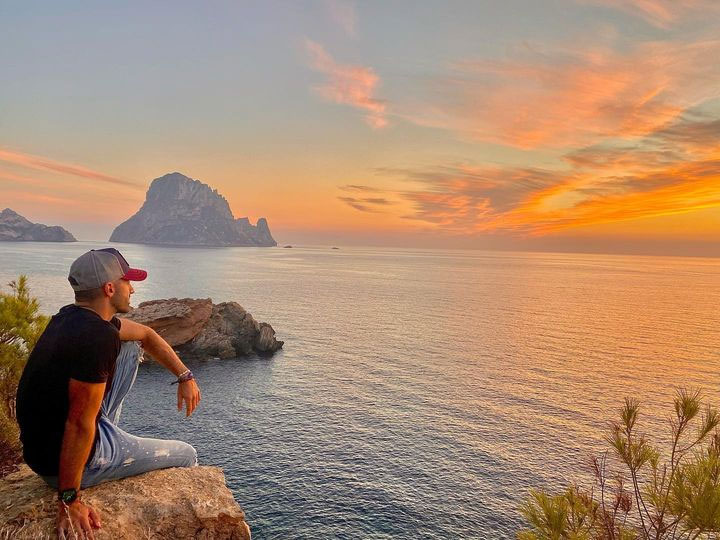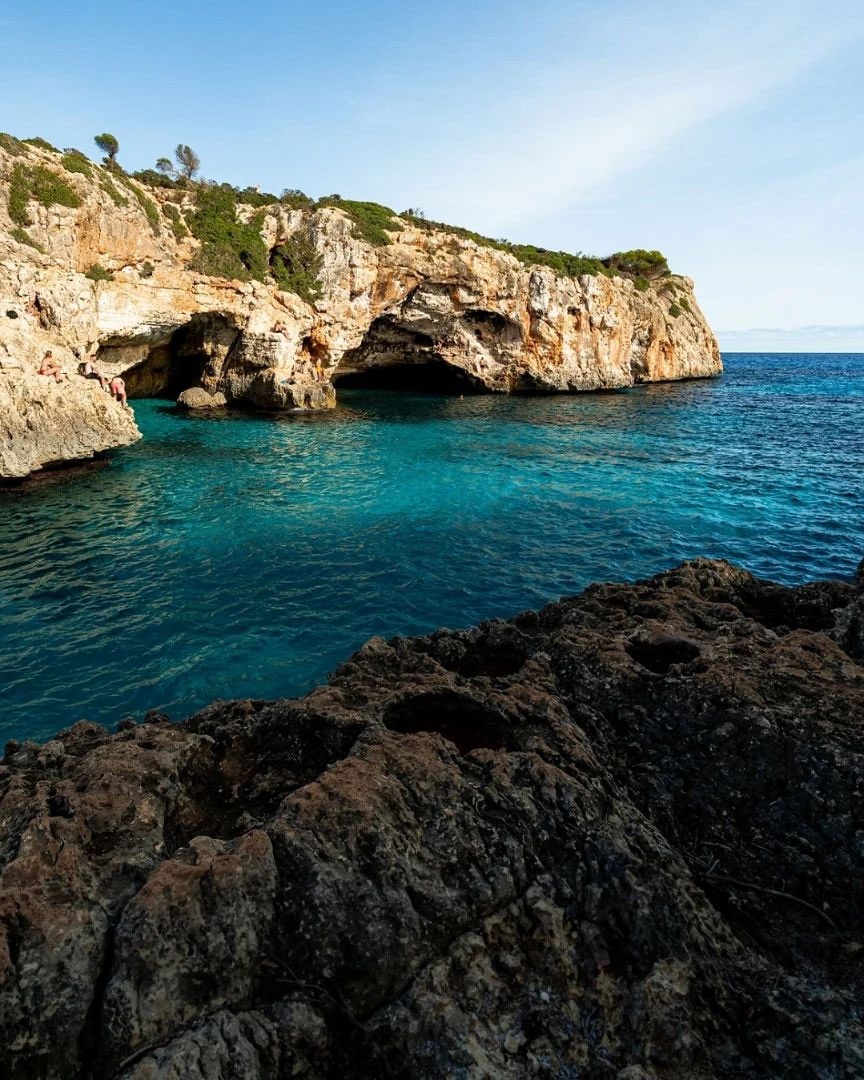Alfàbia is a complex consisting of a house, grounds and vegetable garden located in Bunyola right in the heart of the Tramuntana mountain range. The history of the house and grounds is documented as far back as the Arab period. The monumental nature of the estate comes from the taste and artistic patronage of two noble Mallorcan families who joined lineages in the 18th century. Of them, the most prominent figure is Gabriel de Berga i Zaforteza, who inherited the estate and was a major figure in artistic patronage in the Baroque period on Mallorca.
Antonio Flores, the chronicler of Queen Isabel II — who visited Alfàbia in 1860— said about the estate in his book Crónica del viaje de Sus Majestades y Altezas Reales a las Islas Baleares Cataluña y Aragón (Chronicle of the Journey of Their Majesties and Royal Highnesses to the Balearic Islands, Catalonia and Aragon):
“The entrance to the Alfàbia estate is sumptuous, but the exit on the other side is wondrous. Entering the house, which is regular sized, crossing its main rooms which run along and look out over the gallery that extends around the grounds, means being absorbed and suspended between the most varied and beautiful scenery that the human imagination could dream up. Despite the fact that the picturesque mountains in Alfàbia are glimpsed before reaching the estate, it is nonetheless surprising that such beautiful, whimsical nature is concealed at the rear of that building. It seems that nature and art are works from the same hand. It does not end where the garden ends and where the mountain begins; both seem to be one and the same.”
What stands out for its beauty in the garden is the cistern, which has a barrel vault built during the Baroque period. However, the most emblematic part is the pergola with water games, which originated in the houses in Renaissance Italy and were imitated throughout all of Europe in the 16th century.
The lower garden has a tropical feel and a small lake with lily pads, along with a vast variety of palm trees, including palmettos, an autochthonous species on Mallorca that is today protected.
At the entrance to the house there is a Mudejar coffered ceiling dating from the 14th century. And inside the building you can see decorative details in the Neoclassical style, as well as a magnificent dining room built during the second half of the 19th century with views over the garden.












